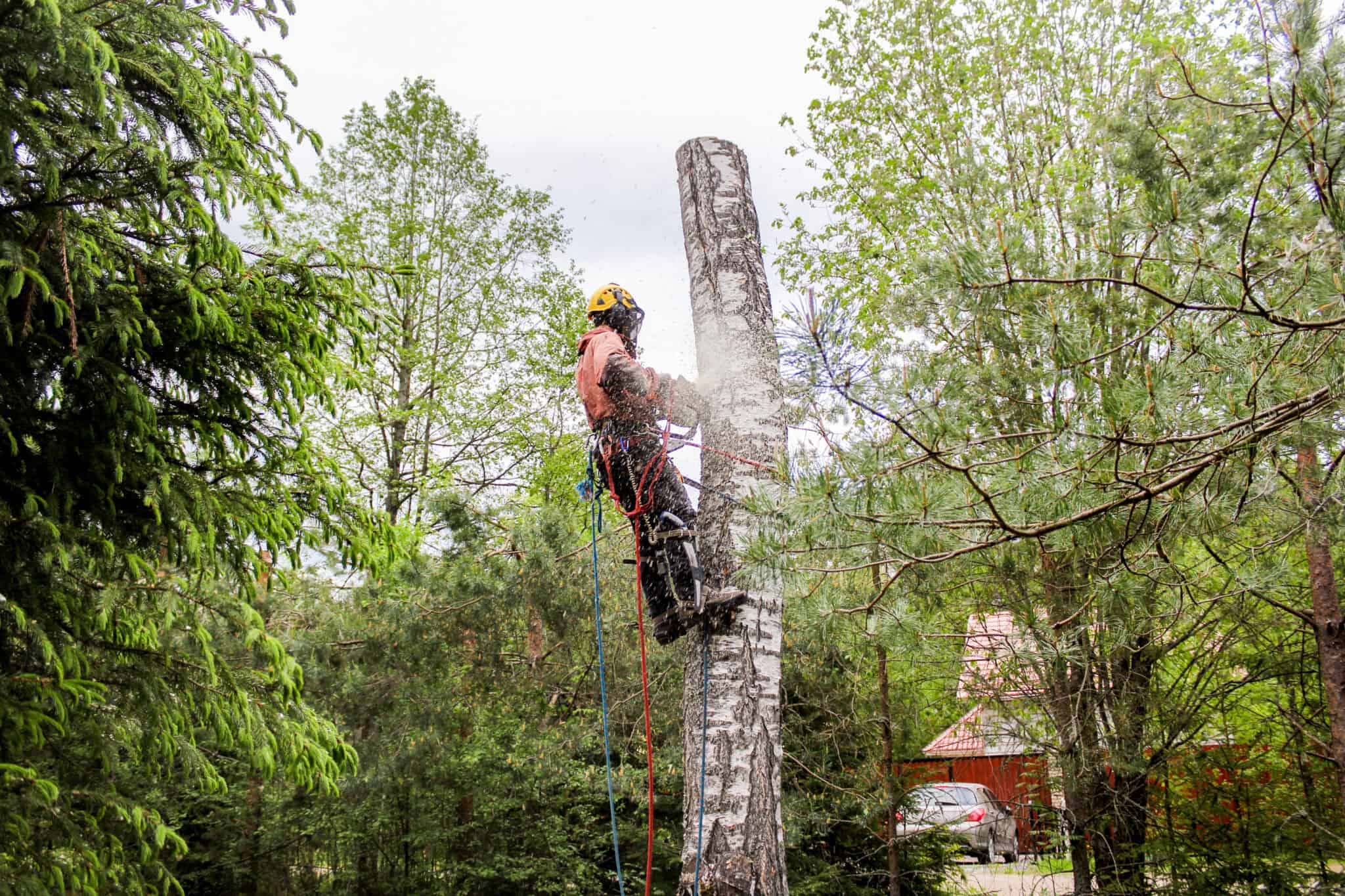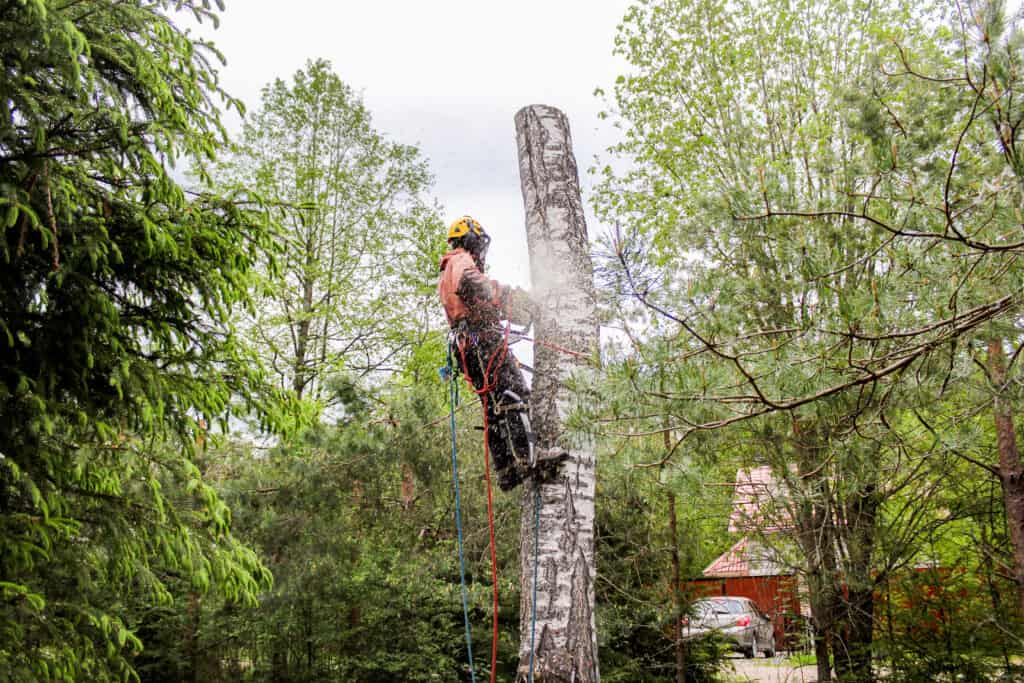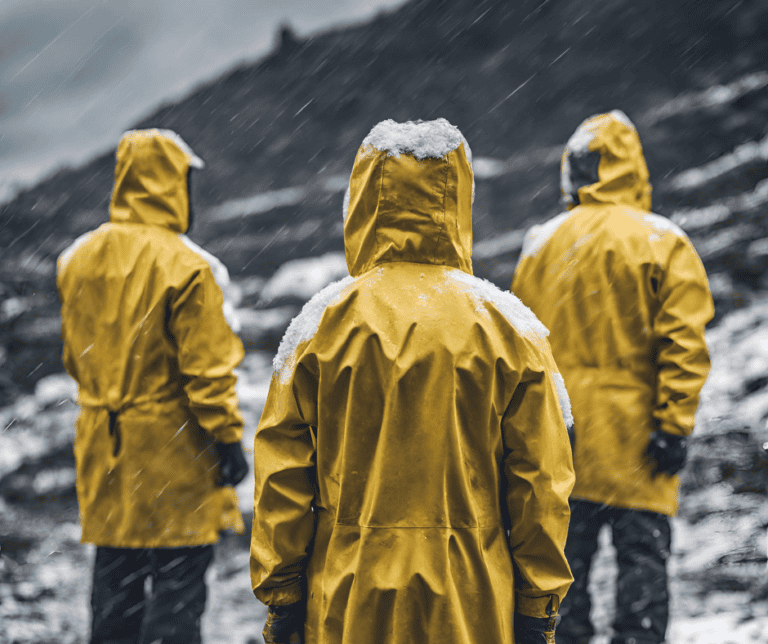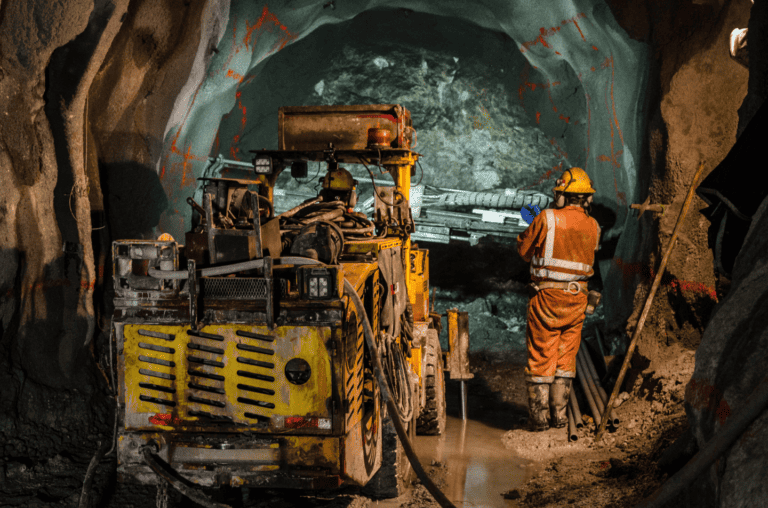For any worker using a chainsaw, the wearing of pants or leggings complying with the Protective Clothing for Users of Hand-held Chainsaws standard is mandatory in Quebec. For the rest of Canada, it is strongly recommended, if not mandatory in many industries and work situations, that workers wear chainsaw-protective pants, according to the directives of the organizations responsible for enforcing labor laws in Canada.
ASTM3325-20 establishes strict criteria for chainsaw protective pants and chaps to ensure maximum safety for users. Here are a few key points to consider when choosing protective pants or leggings to minimize the risk of injury from chain saw cuts.
- Compliance with ASTM3325-20: Compliance with this standard ensures that protective clothing is able to withstand saw-chain penetration at a specified speed to protect the user against cuts. In addition, they must be designed to reduce the risk of saw-chain snagging. The standard also specifies test methods for assessing the resistance of protective clothing to chainsaws, including penetration resistance tests and chain snag resistance tests.
- Protection class: When purchasing chainsaw protection pants or chaps, make sure the standard is clearly visible and identified on the outside of the garment. This standard defines two main classes, Class A and Class B, differentiated by the extent of protection offered.
Class A offers extensive protection, while class B and C offer standard protection. It is crucial to choose the appropriate class according to specific protection needs when using chain saws, thus ensuring optimum safety for workers exposed to these risks.








